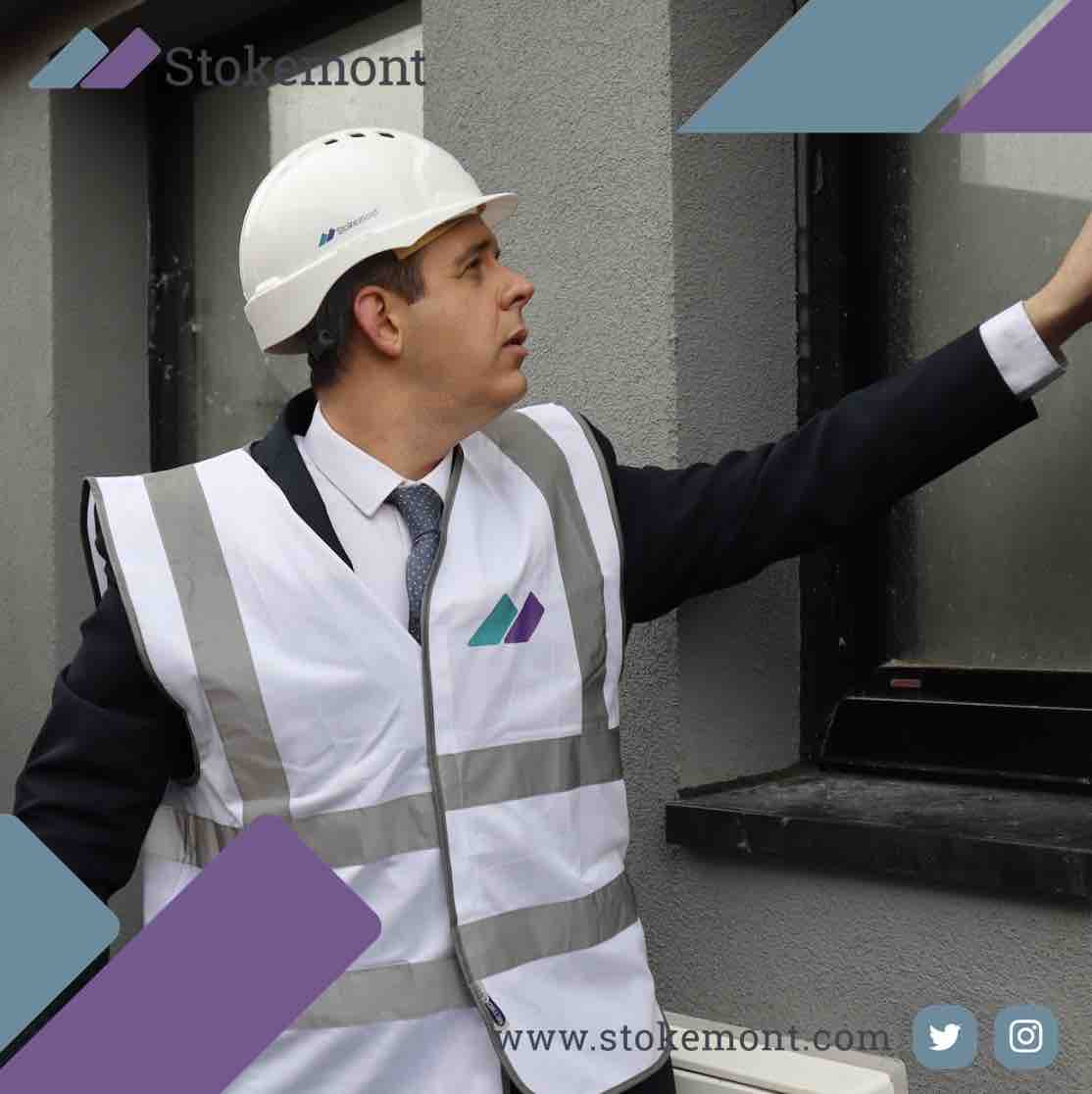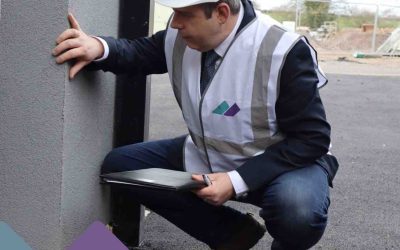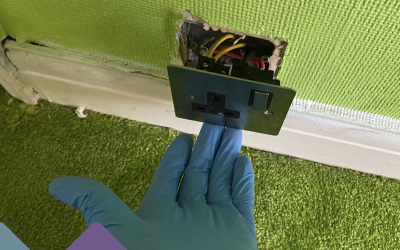A dilapidations report is a document that details the condition of a property at the end of a lease. It is used to determine whether the tenant is responsible for any repairs or maintenance that are required.
The purpose of a dilapidations survey is to identify any defects in a property at the end of a lease. This information can then be used to negotiate a settlement between the landlord and tenant.
A dilapidation survey is required by the landlord when a tenant is leaving their commercial property or premises.
The purpose of the dilapidation survey is to ensure that the landlord is fully aware of all of the defects or dilapidations that have been caused as a result of the tenant’s occupying their property during the course and term of their lease.
The dilapidations report is prepared by a chartered surveyor, who will inspect the property and identify any defects. The surveyor will then estimate the cost of repairs and submit a report to the landlord.
With the vast majority of commercial leases within England and Wales being fully repairing and insuring (FRI), the benefit of this form of lease is that it ensures that the tenant is rightly held responsible to remedy, yield up and upkeep the property through the course of their tenure.
More often than not, tenants will often leave defects and dilapidations, meaning that properties can quickly approach dilapidated states.
Dilapidations are not only costly to make good, they are pivotal in ensuring that the landlord is presenting a property that is in good order so that they are able to re-let this without issues.
Where Can Dilapidations Be Found?
A tenant will often be responsible and liable for both the interior and exterior parts of the property.
This can easily mean that dilapidations are located in both respective parts of the property.
Dilapidations can range from minor easy to remedy issues such as defective paintwork, to those that are more severe, such as defective roofs, gutters or facades.
Who is Responsible for Dilapidation?
The tenant is usually responsible for the dilapidation of a property, but there are some exceptions. For example, the landlord may be responsible for dilapidation if the tenant has been unable to use the property due to a breach of the lease by the landlord.
The dilapidations report will usually state who is responsible for each defect. If there is any disagreement about liability, the landlord and tenant may need to seek legal advice.
Who Pays For A Dilapidations Survey?
The tenant is responsible for paying for the dilapidations report, but they may be able to claim some or all of the cost back from the landlord if they are not responsible for the defects.
While it is the tenant who will ultimately be responsible for the surveyor’s reasonable dilapidation survey costs, in the first instance it will be the landlord who covers the cost and expense of the professional input provided by the dilapidation surveyor.
That dilapidation surveyor will then prepare a comprehensive and robust Schedule of Damages, also commonly referred to as Schedule of Dilapidations.
This will go through the property in a methodical manner, point by point, setting out all of the disrepair and issues that the surveyor locates throughout the course of their inspection. These issues will not only be noted, advice will also be given on how they can be rectified and made good.
Finally, the report will conclude with the costing for the various different issues that have been noted.
This full report is then presented to the tenant, often with a landlord’s request for reimbursement of the dilapidations or, alternatively, fair and reasonable time for the tenant to remedy the issues prior to their departure.
The landlord and tenant will then negotiate a settlement based on the findings of the dilapidations survey. The settlement may include an agreement for the tenant to pay for the repairs, or it may include an agreement for the landlord to reduce the rent.
Is The Tenant Bound By The Landlord’s Dilapidations Schedule?
No, the tenant is well within their rights to instruct their own surveyor to prepare their own terminal dilapidations schedule.
Equally, they could wait for the landlord’s surveyor to present theirs, with their own surveyor then reviewing and checking this.
Who Carries Out a Dilapidation Survey?
The dilapidations survey is usually carried out by a chartered surveyor, who will inspect the property and identify any defects. The surveyor will then prepare a report that details the defects and their estimated cost of repair.
If you would like to discuss dilapidations surveys with our team of experienced and qualified RICS building surveyors, please feel free to get in touch with us today, we will be more than happy to assist and advise you.




